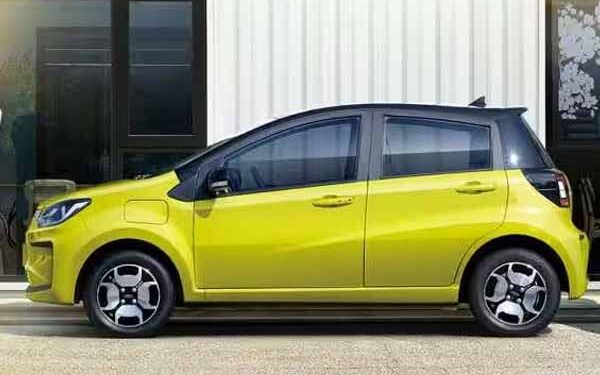The world’s first electric vehicle (EV) powered by a sodium-ion battery has been unveiled by Chinese electric vehicle manufacturer JAC Auto. According to the South China Morning Post, the sodium-ion battery, which is thought to be a less expensive substitute for lithium-ion batteries, was created by a Beijing-based startup company called Hina Battery Technologies. The use of sodium-ion batteries is anticipated to lower the cost of electric vehicles by at least 10%, making them more competitive with gasoline, diesel, and compressed natural gas (CNG) vehicles.
Industry experts claim that sodium-ion batteries can be produced for less money, which lowers the price of the battery and, in turn, lowers the price of the electric car itself. Additionally, sodium-ion batteries provide EV manufacturers with an alternative to current technologies like the pricey, rare-materials-based lithium-ion battery. In addition to lithium, cobalt is a rare and pricey metal.
IANS stated, the Chinese electric vehicle from JAC has a 25 kilowatt-hour (kWh) battery and can travel up to 250 km on a single charge. According to battery manufacturer Hina, “a rise in lithium carbonate prices last year forced many battery manufacturers and downstream users to face ever-rising cost pressures.”
Therefore, sodium-ion batteries have been viewed as the most promising alternative to lithium-ion batteries because they offer better cost-performance, high safety, and excellent cycle performance. Batteries made of sodium-ion have a lower density than those made of lithium-ion. These batteries have benefits like performance in low temperatures and quick charging.
Chinese electric vehicle manufacturers are increasingly competitive with many well-known automakers on the international stage. BYD, a Chinese electric vehicle manufacturer, is expanding operations abroad and has set a 2023 unit sales target to surpass Tesla, which is run by Elon Musk. According to a Nikkei Asia report, BYD, which operates in more than 40 countries, expects to sell nearly two million electric vehicles this year, including in Japan, Southeast Asian nations, and Europe.







